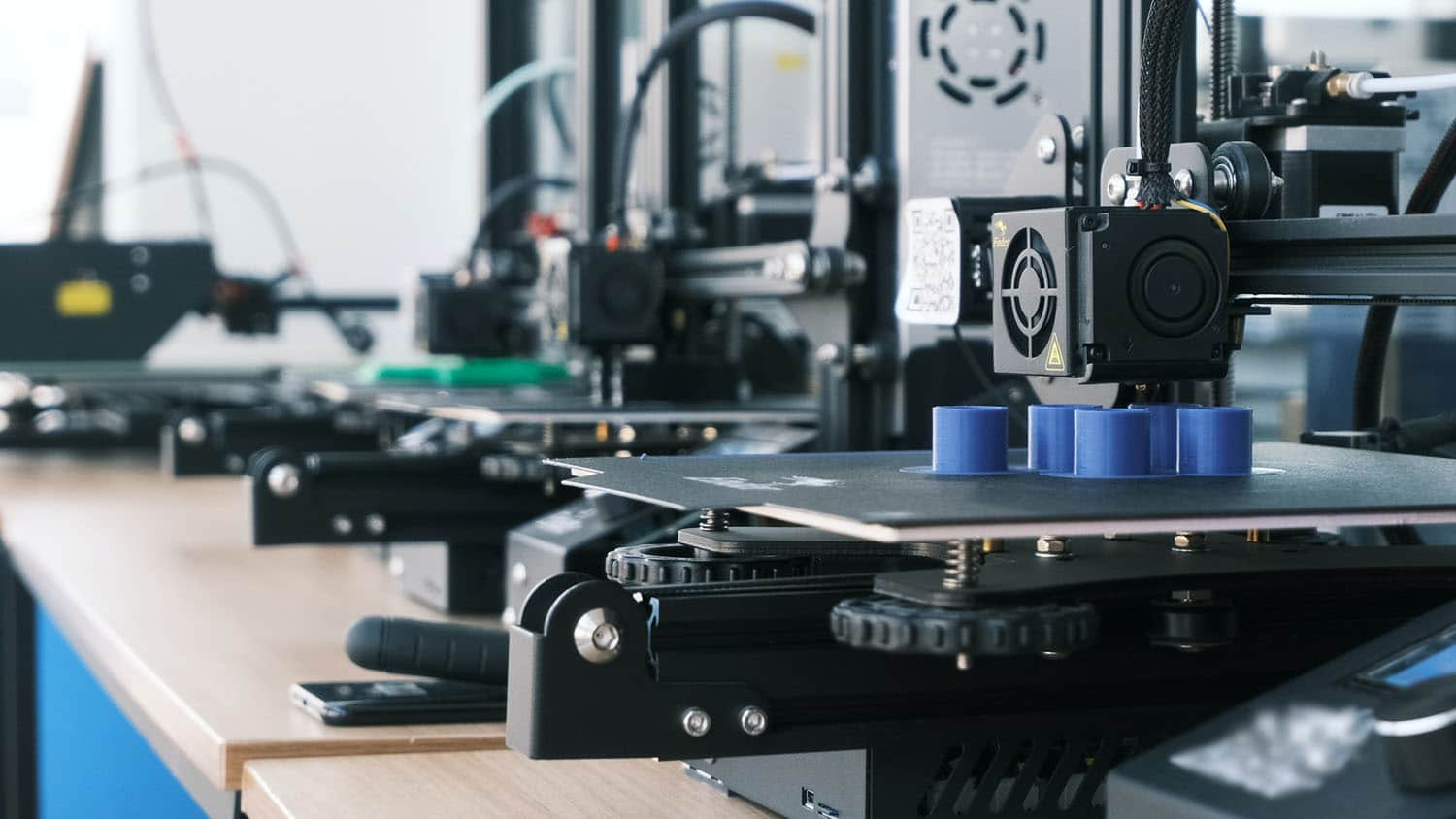Model Advances Understanding of Incorporating 3D Printing Into Supply Chains
Getting spare parts where they need to go in a quick, reliable way is a logistical challenge for military and industrial supply chains.
 Photo credit: Minkus.
Photo credit: Minkus.
Getting spare parts where they need to go in a quick, reliable way is a logistical challenge for military and industrial supply chains. Researchers from the U.S. Military Academy at West Point and North Carolina State University have developed a computational model to help determine how best to incorporate additive manufacturing (AM) technologies into these spare parts supply chains.
AM technologies, or “3D printers,” hold tremendous potential for alleviating some of the logistical challenges associated with providing spare parts when and where they are needed. However, AM technologies can be expensive and tricky to transport. They also require personnel who have specialized training. What’s more, spare parts supply chains can be particularly complicated, because there is usually intermittent demand – meaning you likely don’t know when you’ll need to provide a particular part or how many parts might be needed at any point in time.
So, given these logistical challenges and the constraints of AM technologies, what are the most efficient ways to incorporate these technologies into a supply chain?
“Previous work on how additive manufacturing can be incorporated into supply chains to address spare parts challenges has made a lot of assumptions that don’t necessarily reflect the on-the-ground reality of highly intermittent demand,” says Brandon McConnell, co-author of a paper on the new model. McConnell is an assistant research professor in NC State’s Edward P. Fitts Department of Industrial and Systems Engineering.
“To move the field forward, we decided to build a computational model that could avoid some of those assumptions and help us begin to address these challenges in a meaningful way. What we’re presenting now is proof-of-concept work, but I think it brings us a substantial step closer to helping organizations develop supply chains that are able to get spare parts to where they are needed more quickly and more reliably.”
When incorporating AM into a supply chain, you have to determine where the AM technology should be located. At one end of the spectrum, all of the AM technology would be located in one place. Centralization makes the AM tech easy to supply and operate – but eliminates many of the advantages of AM, due to transportation time and related costs. At the other end of the spectrum, the AM technology would be distributed across the network, as close as possible to end users. Decentralization reduces shipping time substantially, but also makes it harder to supply feedstock to the AM sites and drastically reduces the amount of material that can be produced at any one location.
To address this question, the researchers developed a model that looks at two key aspects of intermittent demand. One factor is how much time there might be between requests for spare parts. The second factor is how much variability there might be in terms of volume, or the number of spare parts requested.
Using their new model, the researchers found that the less frequent the demands might be, and the more variability there is in terms of how much of the given item you’d need, the more likely it is that a centralized system would be most efficient. When there is more frequent demand, and that demand is likely to be more consistent in terms of volume, the more likely the system is to benefit from having additive manufacturing resources located closer to the end users.
And, assuming the system’s additive manufacturing capacity is constant, the larger the amount of spare parts needed, the more likely the system will benefit from centralizing its additive manufacturing resources.
“These observations, in themselves, represent a step forward in our understanding of how we might want to incorporate AM into spare parts supply chains,” McConnell says. “However, these findings also serve as a solid foundation for us to build on as we begin developing more complex models to address thornier challenges.”
For example, the researchers are now modifying their model to account for the different capacities and limitations of specific AM technologies. The researchers are also modifying the models to account for substantially more varied, and thus more realistic, inventories of spare parts that might be needed in a given supply chain.
Publication: Kyle C. McDermott, et al., Performance tradeoffs for spare parts supply chains with additive manufacturing capability servicing intermittent demand, Journal of Defense Analytics and Logistics (2023). DOI: 10.1108/JDAL-08-2020-0016.
Original Story Source: North Carolina State University

 Alerts Sign-up
Alerts Sign-up